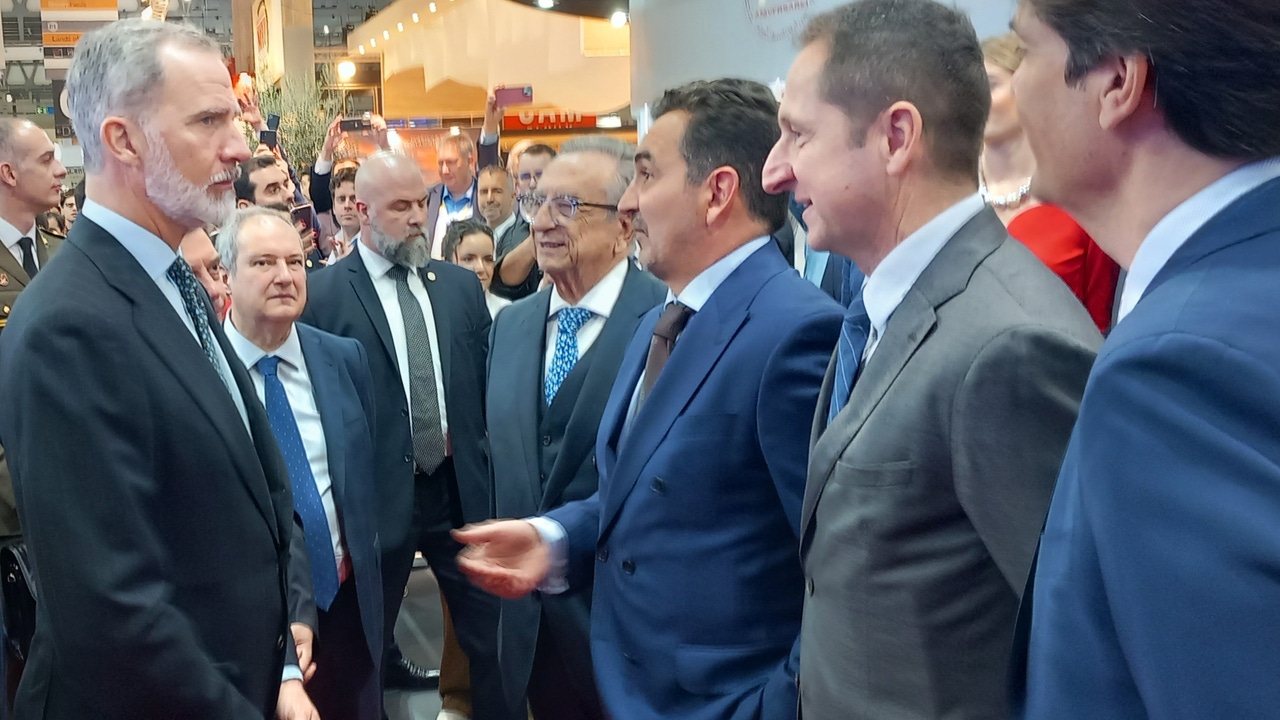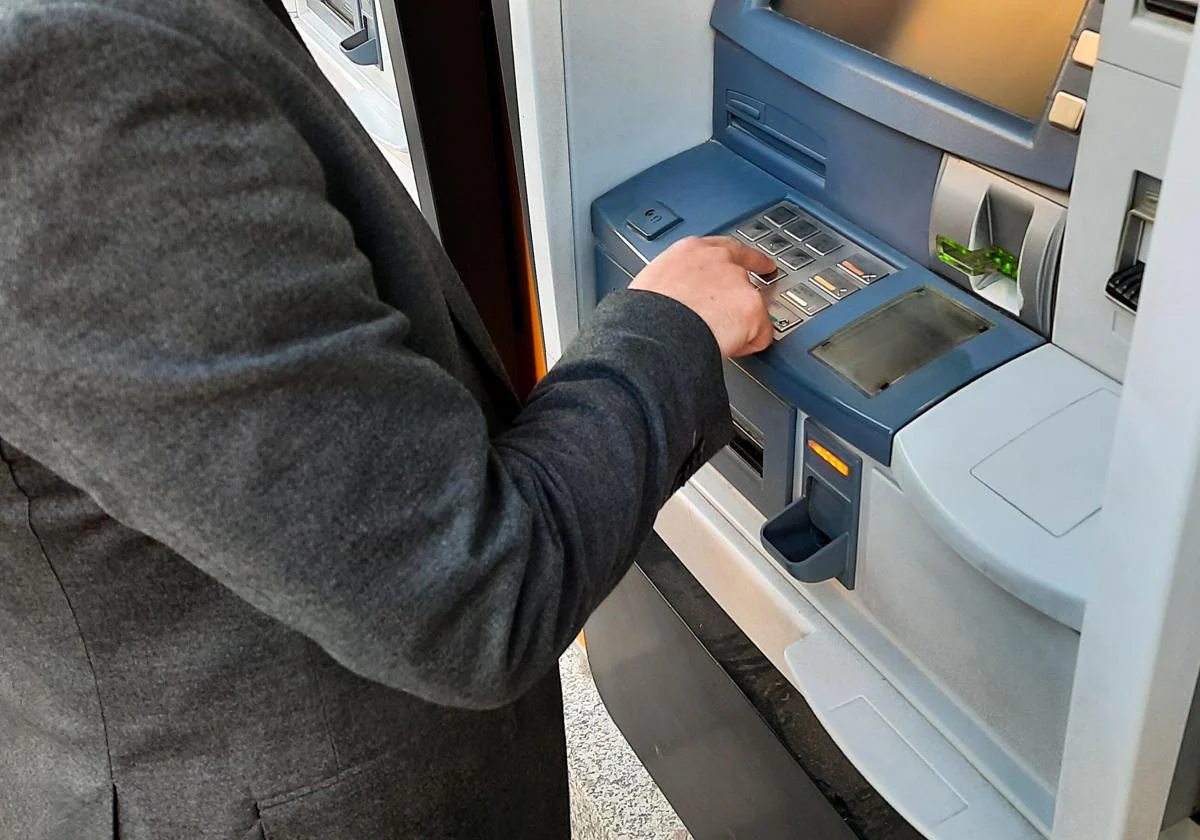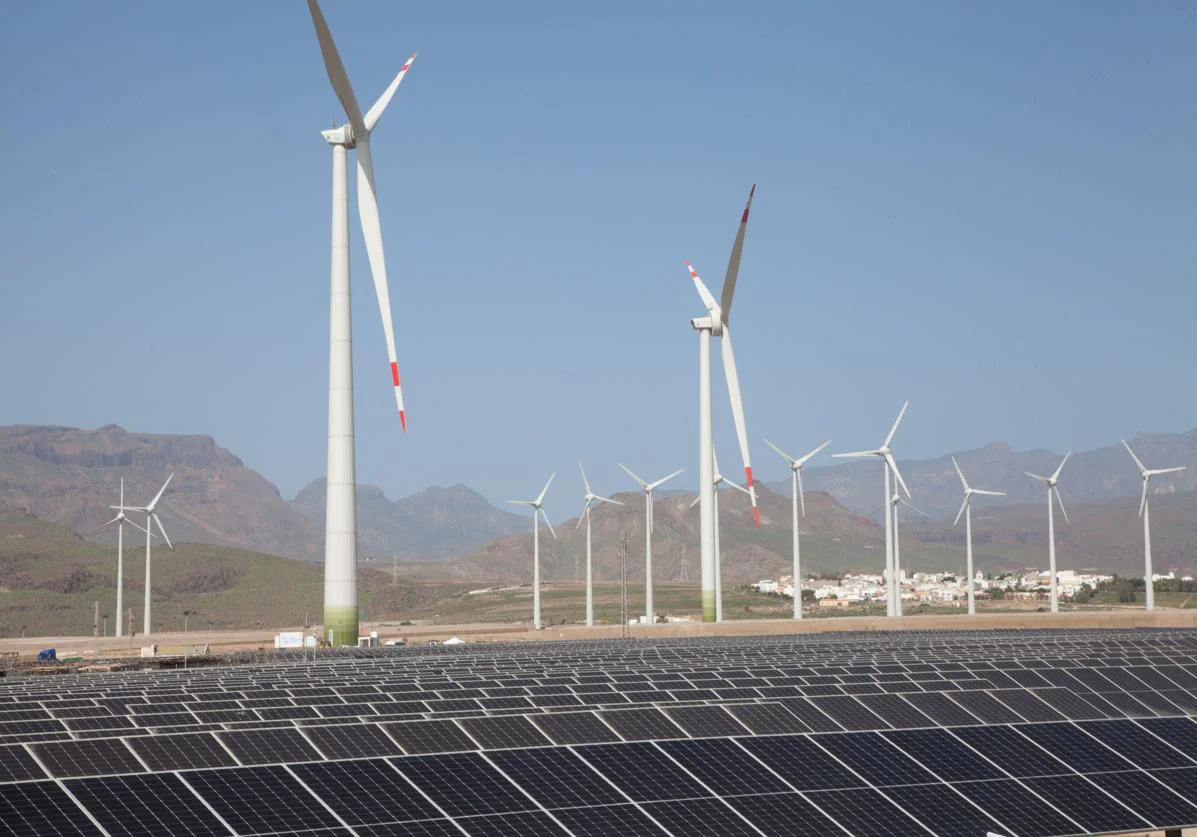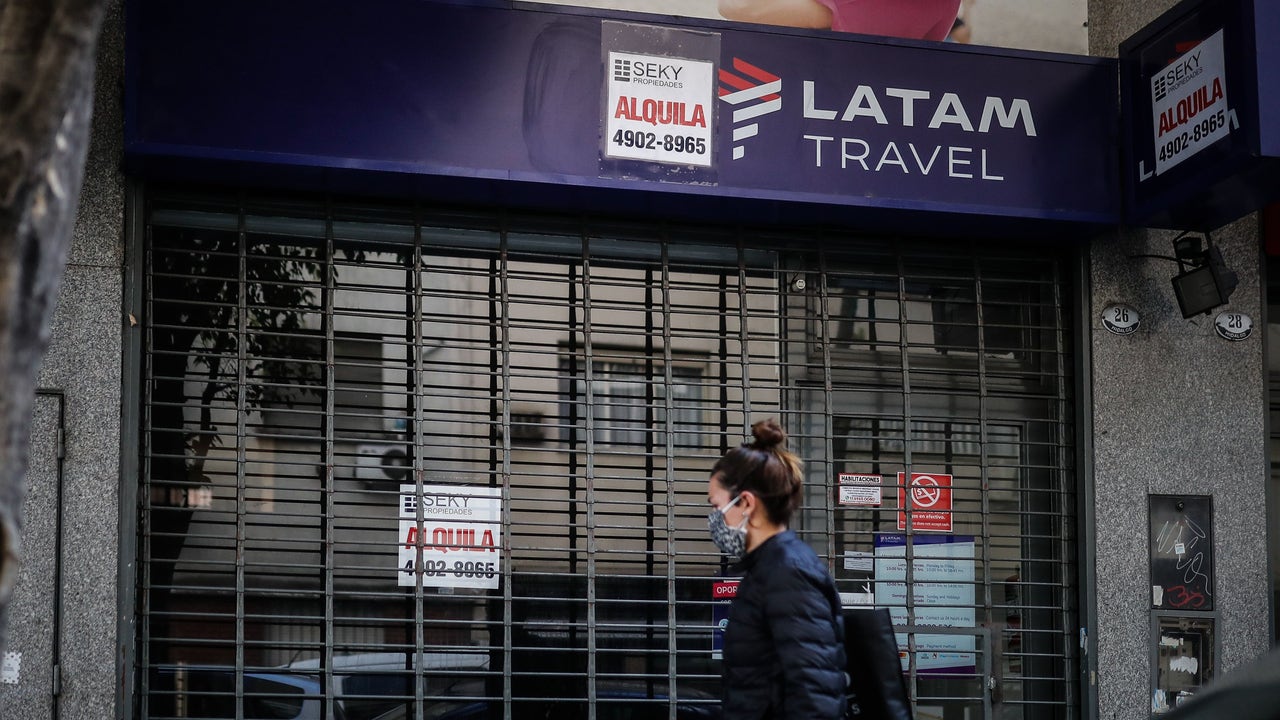The democratization of energy from waves comes to fruition
(1)-kNKE--1024x512@abc.jpg)
Alexia Columba JerezFOLLOW, CONTINUE
Updated:05/08/2022 01:49h
Save
Related news
Faced with megaprojects that seek to respond to growing energy needs through a titanic deployment of resources and solutions, sometimes less can be more. Or that is the idea that germinates in ROE (Renewable Ocean Energy), a system with which, thanks to small turbines, it is possible to obtain energy from the water with the wave force, taking advantage of the impact of the waves on the breakers of the ports .
The proposal, which seeks to add a new high-performance, low-cost green source to the energy revolution, is the result of a joint effort by the Balearic Islands Maritime and Logistics Cluster, the University of the Balearic Islands, the Renewable Ocean Energy companies and Sunwa Technologies and the Spanish Federation of Entrepreneurs of the Sea (Iveaempa).
Using ROE technology, the same amount of renewable energy can be produced in 100 m2 as in 1,200 m2 of photovoltaic energy, say the initiative's technicians.
Iolanda Piedra, president of the Maritime and Logistics Cluster of the Balearic Islands and coordinator of the project
Iolanda Piedra, president of the Maritime and Logistics Cluster of the Balearic Islands and coordinator of the project, "unlike the one that is operating in northern Europe and that involves huge turbines that the governments of Switzerland or the Netherlands have financed, this energy is based in small structures designed to be placed on the breakwater of a port. To make an analogy, instead of making a great skyscraper, what we do are small paired houses in the form of turbines and they adapt to the energy consumption of each port, depending on the bathymetry because the way in which the waves hit is different in Balearic Islands than in Catalonia».
Ideal for the islands
Piedra explains that they hope to produce between 15kw/h and 25kw/h, and with the installation of 25 turbines they would reach what would be a large wind farm. Also, unlike large offshore wind farms, where much of the energy is lost when moved to land. «The idea is to make something that is attached to the ground so that the energy can be transferred directly for the use of the port itself. Half of the turbine is submerged in the sea and the force of the wave is harnessed below, so we estimate that we could reach 100kw/h per turbine. The movement of the turbine is rotary, and it will also move vertically, going up or down, depending on the waves”, says Piedra. The ROE coordinator points out that for the islands, this type of technology is more profitable than photovoltaics, which require large areas of land.
The system is evolving and in the future it will include remote control with an intelligent programming system that will be developed and monitored by the University of the Balearic Islands (UIB). Another point in favor of the project is that compared to floating wind power, where noise pollution in the sea is a problem that affects marine fauna, it does not occur here because the turbine is small, and the jetty would mitigate the little noise it makes . The marine biology department of the UIB is going to test it to find an almost zero environmental impact. And when it comes to circularity, Piedra clarifies that "we have opted for fiberglass for the turbines, since there is more and more of it coming from the scrapping of fishing boats, which also reduces the total cost of the project" Stone points out.
international vision
Since its inception, the initiative had always been raised and projected with an international vocation, studying the needs of different ports and the responses that this new technology can offer. So far, they have managed to attract the attention of the Benelux, where until now only solutions based on large turbines in the sea had been chosen. Now, according to Piedra, they intend to complement their technology with that of ROE to take advantage of their interesting investment-performance ratio.
“And in Ravenna we will sign an agreement that we have promoted together with the Emilia Romana region in which the Italian, Spanish and Portuguese state cluster is signed, and we hope that also that of France. The idea would be to extend it to the Mediterranean to complement the supply of renewables. And then, we have also signed a collaboration agreement with the Azul cluster that takes to all the ports of Latin America”, explains Piedra. An international leap with a project that represents a democratization of energy, with cheap and sustainable infrastructures that can be manufactured in any country and with local materials. A new energy wave takes shape.
View commentsTopics
Source link









